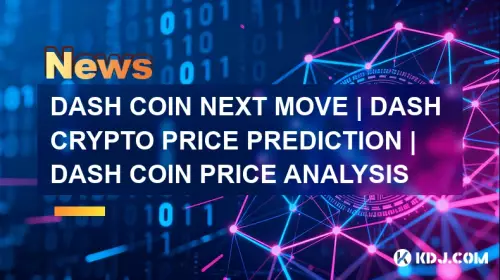-
 bitcoin
bitcoin $107015.826941 USD
-2.18% -
 ethereum
ethereum $3637.352324 USD
-5.18% -
 tether
tether $0.999831 USD
-0.02% -
 xrp
xrp $2.338078 USD
-6.23% -
 bnb
bnb $998.272150 USD
-6.97% -
 solana
solana $167.598257 USD
-10.12% -
 usd-coin
usd-coin $0.999863 USD
0.01% -
 tron
tron $0.282573 USD
-5.09% -
 dogecoin
dogecoin $0.169891 USD
-7.39% -
 cardano
cardano $0.557554 USD
-7.03% -
 hyperliquid
hyperliquid $39.914802 USD
-5.85% -
 chainlink
chainlink $15.414549 USD
-9.97% -
 bitcoin-cash
bitcoin-cash $510.361911 USD
-4.26% -
 ethena-usde
ethena-usde $0.999194 USD
-0.03% -
 stellar
stellar $0.282092 USD
-6.07%
What are the risks of trading high-leverage Bitcoincoin contracts?
High-leverage Dogecoin trading carries extreme risks due to volatility, low liquidity, market manipulation, and emotional decision-making, often leading to rapid liquidations and significant losses.
Oct 03, 2025 at 05:37 am
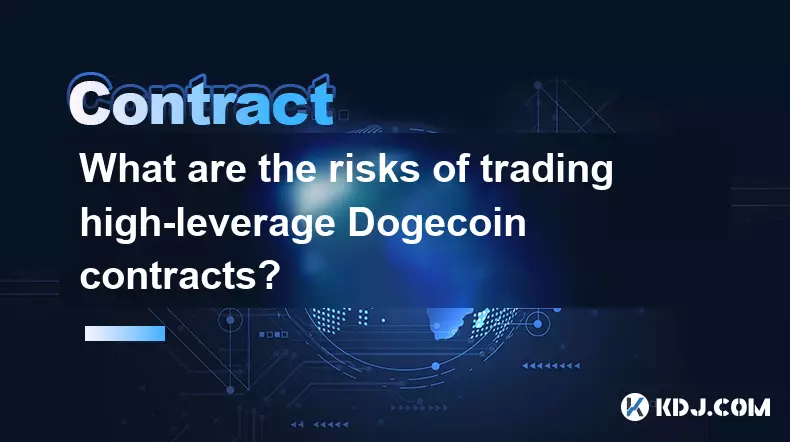
Risks of High-Leverage Dogecoin Trading
1. Extreme price volatility in Dogecoin can lead to rapid liquidation when using high leverage. Even minor market fluctuations may trigger margin calls, wiping out entire positions almost instantly.
2. Leverage amplifies both gains and losses, but with Dogecoin’s unpredictable price movements driven by social media sentiment, the risk of substantial financial loss increases dramatically.
3. Funding rates on perpetual Dogecoin contracts can accumulate quickly, especially during periods of high demand for long or short positions, eating into profits or deepening losses over time.
4. Market manipulation is a known concern in low-cap or meme-based cryptocurrencies like Dogecoin. Whales or coordinated groups can induce stop-loss cascades, particularly affecting leveraged traders.
5. Exchange-specific risks such as technical outages, delayed executions, or sudden changes in fee structures can severely impact leveraged positions, leaving traders unable to react in time.
Liquidity Challenges in Dogecoin Derivatives
1. Despite its popularity, Dogecoin’s derivatives market often suffers from lower liquidity compared to Bitcoin or Ethereum. This results in wider bid-ask spreads, slippage, and difficulty exiting large leveraged positions.
2. During high-volatility events—such as Elon Musk tweets or viral social media trends—the order books can become imbalanced, making it difficult to close trades at expected prices.
3. Some exchanges list Dogecoin futures with limited open interest, increasing the likelihood of price manipulation and erratic movement disconnected from broader market trends.
4. Low liquidity also affects the accuracy of index prices used for liquidations, potentially leading to unfair or premature position closures during flash crashes.
5. Traders relying on algorithmic strategies or tight stop-loss orders are especially vulnerable when liquidity dries up, as execution guarantees vanish under pressure.
Psychological and Behavioral Pitfalls
1. The allure of quick profits from leveraged Dogecoin trades often leads to emotional decision-making. Greed and fear drive impulsive entries and exits, undermining disciplined trading practices.
2. Overconfidence after a few successful leveraged trades can prompt traders to increase position sizes beyond their risk tolerance, exposing them to catastrophic drawdowns.
3. The gamified nature of meme coin trading encourages behavior similar to gambling, where rational analysis gives way to hype and FOMO (fear of missing out).
4. Loss aversion causes many leveraged traders to hold losing positions too long, hoping for a reversal instead of cutting losses early, which magnifies damage when Dogecoin trends downward.
5. Social influence from online communities can distort risk perception. When forums and chat groups celebrate 100x leveraged wins, they rarely highlight the far more common 100x losses.
Regulatory and Platform Vulnerabilities
1. Many platforms offering high-leverage Dogecoin contracts operate in unregulated jurisdictions, leaving traders without legal recourse in case of fund freezes or platform insolvency.
2. Regulatory crackdowns on crypto derivatives can happen with little warning, resulting in abrupt delistings, frozen assets, or forced unwinding of positions at unfavorable rates.
3. Some exchanges adjust margin requirements or maximum leverage dynamically during volatile periods, catching traders off guard and triggering unexpected liquidations.
4. Smart contract bugs or security flaws in decentralized derivatives platforms can expose leveraged Dogecoin positions to hacking or exploitation.
5. KYC-heavy platforms may restrict access based on geography, pushing traders toward less secure offshore exchanges that offer high leverage but minimal oversight.
Frequently Asked Questions
What happens when a leveraged Dogecoin position gets liquidated?When the price moves against a leveraged position beyond the maintenance margin threshold, the exchange automatically closes the position to prevent further losses. The trader loses the initial margin deposited, and in extreme cases, may owe additional fees depending on the platform's policy.
Can I lose more than my initial deposit trading leveraged Dogecoin contracts?On most reputable centralized exchanges, losses are typically limited to the margin posted due to automatic liquidation mechanisms. However, during extreme market gaps or exchange failures, some platforms may expose users to debt, especially in isolated margin mode with insufficient safeguards.
How does funding rate affect Dogecoin perpetual contracts?Funding rates are periodic payments exchanged between long and short traders to keep the contract price aligned with the spot market. In highly speculative environments, these rates can become steep, costing traders significantly over time if they hold positions contrary to market consensus.
Why is Dogecoin more dangerous to trade with leverage than other cryptos?Dogecoin lacks fundamental valuation metrics and is primarily driven by community sentiment and celebrity influence. This makes its price exceptionally prone to sudden spikes and collapses, creating an unstable environment for leveraged bets that rely on predictable movement patterns.
Disclaimer:info@kdj.com
The information provided is not trading advice. kdj.com does not assume any responsibility for any investments made based on the information provided in this article. Cryptocurrencies are highly volatile and it is highly recommended that you invest with caution after thorough research!
If you believe that the content used on this website infringes your copyright, please contact us immediately (info@kdj.com) and we will delete it promptly.
- Red Poppy Coin, Australia: A Collector's Guide to the 2025 Release
- 2025-11-04 11:00:15
- Shiba Inu Gets the Nod: Good News for SHIB Holders!
- 2025-11-04 09:35:12
- PI Faces Scrutiny, LINK Gains, BlockDAG Miner Momentum: A Crypto Triad
- 2025-11-04 09:35:12
- Spare Change, Cash, and Bang for Your Buck: A New Yorker's Guide
- 2025-11-04 11:30:01
- Aster, CZ, and $25M: Decoding the DeFi Drama
- 2025-11-04 11:30:01
- Blazpay: The Next Big Crypto Coin Ready to Explode?
- 2025-11-04 09:00:01
Related knowledge

The 2025 Guide to Profitable Crypto Futures and Derivatives Trading.
Nov 01,2025 at 07:39pm
Understanding Crypto Futures and Derivatives in 20251. Crypto futures are financial contracts obligating the buyer to purchase, or the seller to sell,...
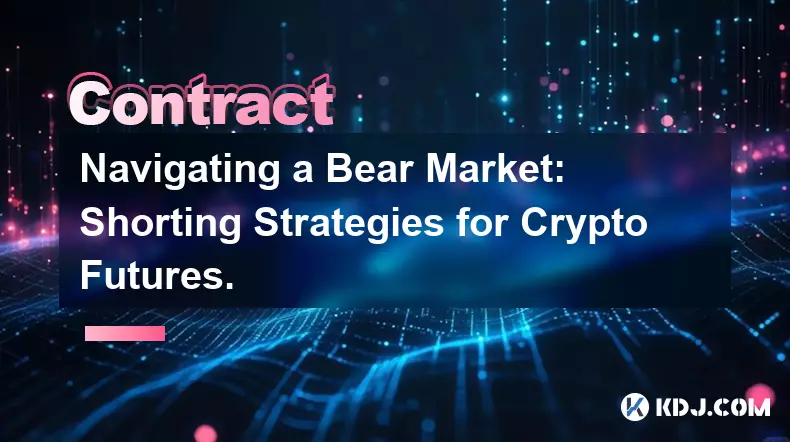
Navigating a Bear Market: Shorting Strategies for Crypto Futures.
Nov 03,2025 at 07:18pm
Understanding Bear Market Dynamics in Crypto1. A bear market in the cryptocurrency space is characterized by prolonged price declines, often driven by...
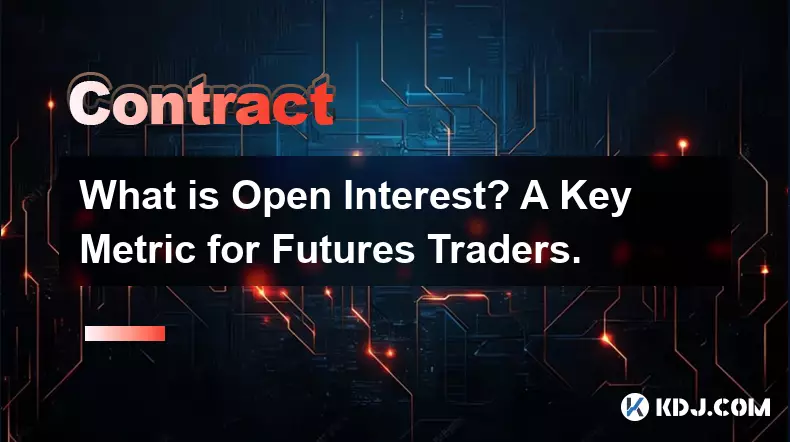
What is Open Interest? A Key Metric for Futures Traders.
Nov 03,2025 at 11:18pm
Understanding Open Interest in Cryptocurrency Futures1. Open interest refers to the total number of active futures contracts that have not been settle...

A Deep Dive into Market Orders vs. Limit Orders for Futures.
Nov 02,2025 at 10:19pm
Understanding Market Orders in Futures Trading1. A market order is an instruction to buy or sell a futures contract immediately at the best available ...
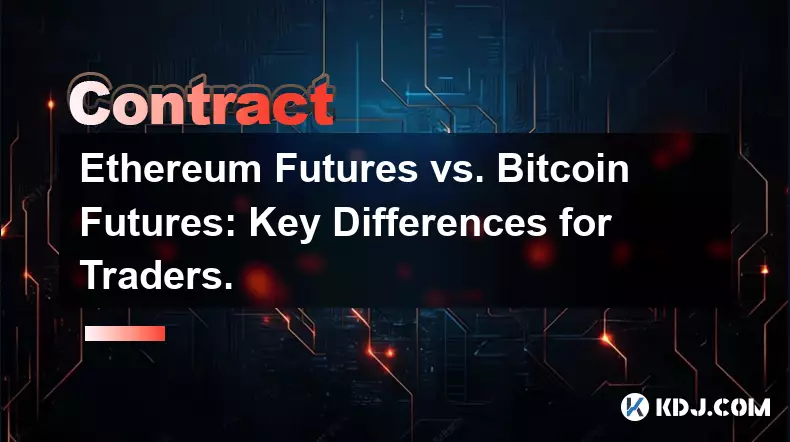
Ethereum Futures vs. Bitcoin Futures: Key Differences for Traders.
Nov 02,2025 at 09:00am
Ethereum Futures vs. Bitcoin Futures: Key Differences for Traders 1. Ethereum futures and Bitcoin futures are both financial derivatives allowing trad...
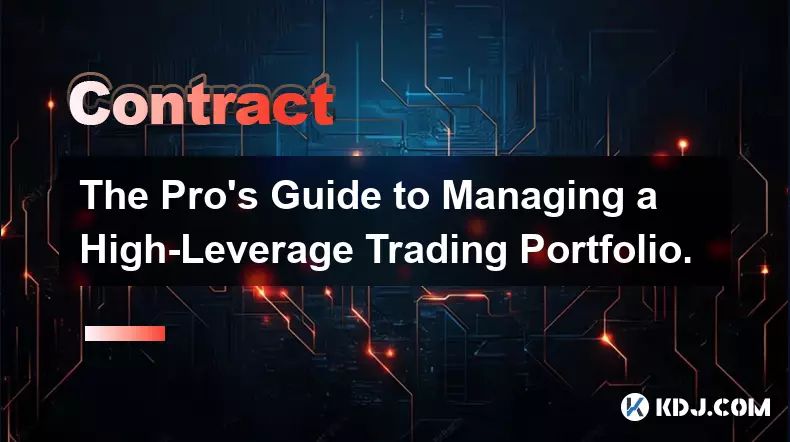
The Pro's Guide to Managing a High-Leverage Trading Portfolio.
Nov 01,2025 at 12:19pm
Understanding the Mechanics of Leverage in Crypto Trading1. Leverage allows traders to control a larger position using a fraction of the capital requi...

The 2025 Guide to Profitable Crypto Futures and Derivatives Trading.
Nov 01,2025 at 07:39pm
Understanding Crypto Futures and Derivatives in 20251. Crypto futures are financial contracts obligating the buyer to purchase, or the seller to sell,...

Navigating a Bear Market: Shorting Strategies for Crypto Futures.
Nov 03,2025 at 07:18pm
Understanding Bear Market Dynamics in Crypto1. A bear market in the cryptocurrency space is characterized by prolonged price declines, often driven by...

What is Open Interest? A Key Metric for Futures Traders.
Nov 03,2025 at 11:18pm
Understanding Open Interest in Cryptocurrency Futures1. Open interest refers to the total number of active futures contracts that have not been settle...

A Deep Dive into Market Orders vs. Limit Orders for Futures.
Nov 02,2025 at 10:19pm
Understanding Market Orders in Futures Trading1. A market order is an instruction to buy or sell a futures contract immediately at the best available ...

Ethereum Futures vs. Bitcoin Futures: Key Differences for Traders.
Nov 02,2025 at 09:00am
Ethereum Futures vs. Bitcoin Futures: Key Differences for Traders 1. Ethereum futures and Bitcoin futures are both financial derivatives allowing trad...

The Pro's Guide to Managing a High-Leverage Trading Portfolio.
Nov 01,2025 at 12:19pm
Understanding the Mechanics of Leverage in Crypto Trading1. Leverage allows traders to control a larger position using a fraction of the capital requi...
See all articles





















